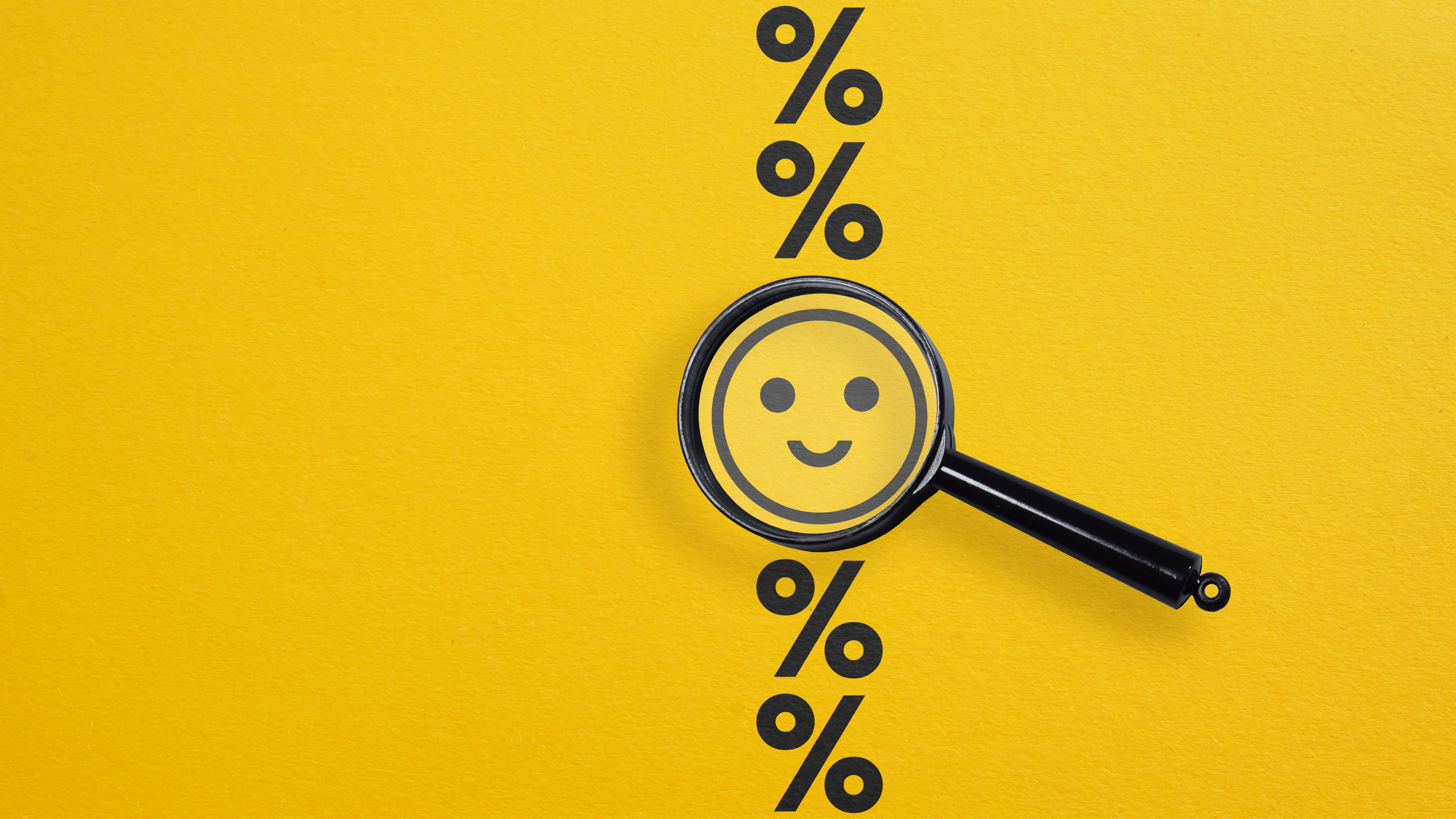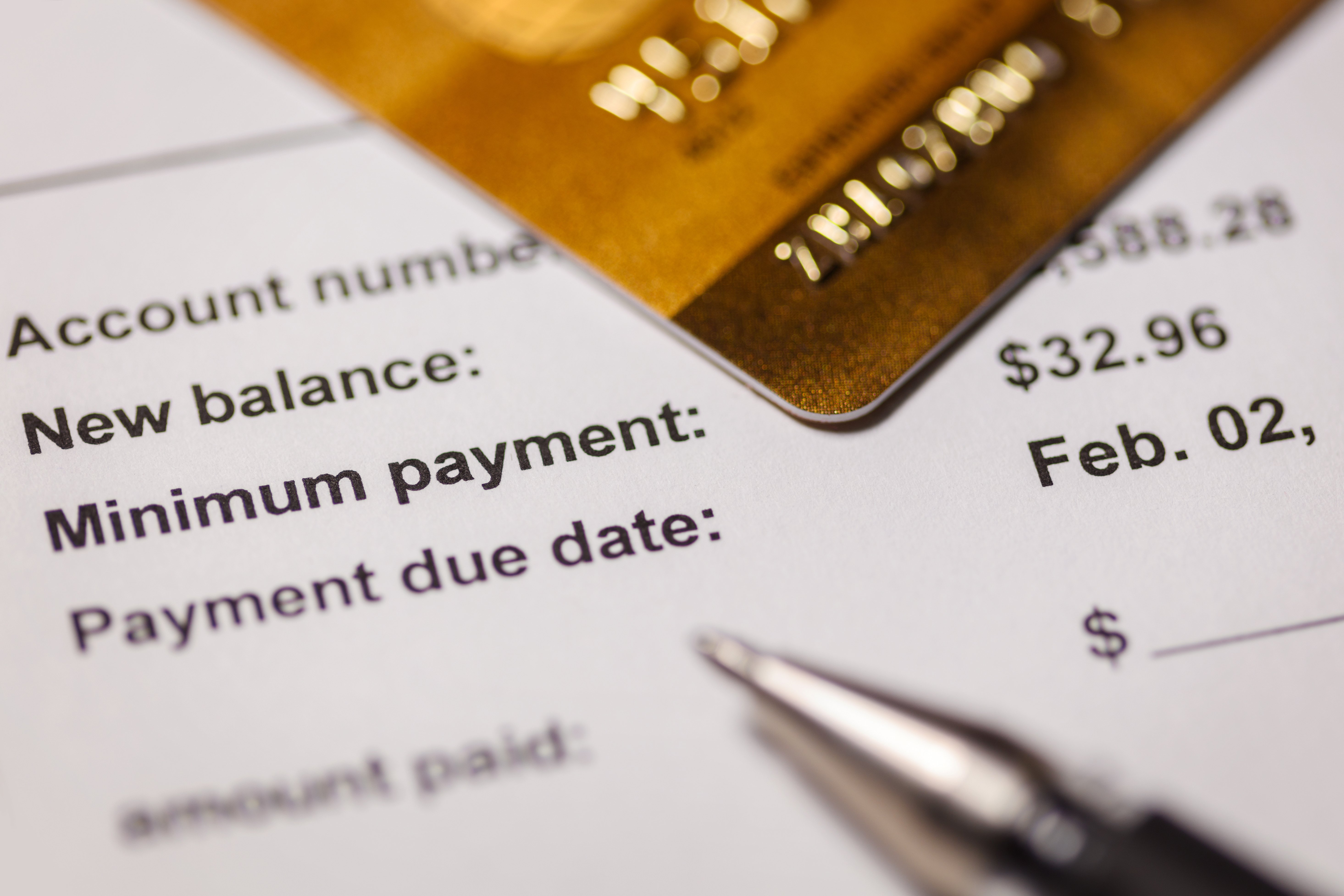5 Dangerous Financial Myths Holding Back Your Money Growth
Most of us believe at least one money myth without realizing it — a piece of “common wisdom” that quietly limits our personal finance growth. From...
Whether you're covering unexpected expenses, making a big purchase, or just need extra cash, our personal loans offer simple, flexible funding tailored to your needs.
Simplify your finances with a loan that combines multiple payments into one. Our consolidation loans help reduce stress and keep your budget on track.
Upgrade your living space with financing designed for renovations, repairs, or remodeling. Our home improvement loans help you enhance your home’s comfort, value, and functionality—on your terms.
Explore expert insights, financial tips, and strategic guidance from the Symple Lending team. Our insights and resource articles are your go-to source for empowering content that helps you make informed decisions on your journey to financial freedom.
Stay up-to-date with the latest press releases, media features, and major announcements from Symple Lending. This section showcases how we're making headlines and driving innovation in the lending industry.
7 min read
Breanne Neely : May 13, 2025 12:00:00 AM

Table of Contents
Did you know that choosing the wrong type of interest rate could cost you thousands of dollars over the life of your loan? While most borrowers focus solely on getting the lowest rate possible, understanding the crucial difference between fixed and variable interest rates could be the key to your financial peace of mind.
In today's ever-changing economic landscape, making an informed decision about your loan's interest rate structure is more important than ever. Whether taking out a mortgage, consolidating debt, or financing a home improvement project, the choice between predictable payments and potential savings could significantly impact your financial future.
When choosing a loan, you'll encounter two main interest rate options. Fixed interest rates stay the same throughout your loan term, giving you the same monthly payment from start to finish. This makes budgeting simpler and removes any worries about future payment changes.
Variable interest rates work differently - they can go up or down based on what's happening in the financial markets. Your monthly payments might decrease if rates fall, but they could also increase if rates rise. Think of variable rates as offering potential savings in exchange for less predictability in your payments.
The main difference comes down to certainty versus opportunity. Fixed rates give you steady, reliable payments, while variable rates could save you money but carry some risk of higher costs later.
Fixed interest rates are based on economic conditions and market rates when you get your loan. Once your rate is set, it stays the same until you pay off your loan - whether that's a 5-year car loan or a 30-year mortgage.
For example, if you get a mortgage at 5%, your rate won't change even if market rates jump to 7% or drop to 3%. On a $200,000 loan over 30 years, you'll pay exactly $1,074 each month. This makes it easy to plan your budget since your payment stays steady year after year.
Your loan agreement spells out this fixed rate upfront, so you know the exact amount you'll pay throughout the entire loan term.
Many variable-rate loans start with a set rate period - often 3-10 years for mortgages - before switching to adjustable rates. After this initial period, your rate changes based on market conditions.
Your rate typically follows common measures like the Federal Reserve rate. When these go up or down, your loan rate moves with them. Your lender adds a set percentage (called a margin) to these base rates to calculate your actual rate.
Rate changes happen on a schedule laid out in your loan agreement - maybe every month, every three months, or once a year. Your agreement tells you exactly when to expect changes and how they're calculated.
Fixed interest rates make it easy to know exactly what you'll pay monthly. Your payment stays the same from your first month until your last payment, which helps you confidently plan your monthly budget.
If market rates go up, you won't have to worry - your rate and payment stay locked in place. This protection can save you money when rates rise and keeps your monthly costs predictable.
Having steady payments makes it simpler to plan for other financial goals, like saving for retirement or a child's education. Many people find peace of mind knowing their loan payment won't change, reducing money-related stress and making it easier to stay on track with their financial plans.
Fixed interest rates often start higher than variable rates. For example, you might get offered a 5% fixed rate when variable rates start at 4%. This means you'll pay more in the early years of your loan.
If market rates drop after you get your loan, you're stuck with your higher rate unless you refinance. Refinancing means new closing costs and paperwork, which can be expensive and time-consuming.
Over the full life of your loan, you might end up paying more total interest with a fixed rate. This extra cost is basically what you pay for the security of knowing your payment won't change.
Variable-rate loans typically start lower than fixed rates, which means smaller monthly payments at first. For example, you might get a 4% variable rate compared to a 5% fixed rate, putting more money in your pocket each month.
When market rates drop, your payments automatically go down without any need to refinance. This means you could pay less interest over time if rates stay low or decrease.
If you plan to pay off your loan quickly or sell your home within a few years, variable rates can work in your favor. You benefit from the lower initial rate while limiting your exposure to future rate changes.
The biggest challenge with variable interest rates is that your monthly payments can change without warning. While your payment might be $1,000 this month, it could jump to $1,200 next month if rates rise, making it hard to stick to a budget.
You'll need to keep extra money in savings to handle possible payment increases. A 1% rate increase on a $200,000 mortgage could add hundreds to your monthly payment. This uncertainty can cause stress, especially when rates are trending upward, and you're worried about affording higher payments.
Many borrowers lose sleep wondering if their payments will rise beyond what they can manage, particularly during periods of rising interest rates.
The amount you'll pay in interest can vary greatly between fixed and variable-rate loans. While fixed rates often start higher, variable rates might cost more if they rise during your loan term.
Looking at a $200,000 loan example: A 5% fixed rate means steady $1,074 monthly payments. With a 4% variable rate, you'd start at $955 monthly - but if rates climb 2%, your payment would jump to $1,194.
Your choice depends on risk comfort. Fixed rates give you set payments but may cost more overall. Variable rates offer potential savings but could increase your costs if rates rise. Consider your budget flexibility and how long you'll keep the loan when deciding.
When planning a home improvement loan, the timeline matters. Short-term projects (1-5 years) often work well with variable interest rates since you'll benefit from lower initial costs and have less exposure to rate changes. For longer projects, fixed rates give you steady, predictable payments.
Your comfort with financial risk plays a key role, too. If you have a stable income and healthy savings, you might feel okay with variable rates that could change. But if your budget is tight, fixed rates offer more security.
Your project's timing needs matter as well. Projects with flexible schedules can take advantage of variable rates, letting you pay more when rates are low. Fixed rates work better when you need exact payment amounts for strict project timelines.
The length of your debt payoff affects which rate type might work best. For quick payoffs under 5 years, variable rates often make sense since you'll get lower starting payments and won't face rate changes for too long. But for longer payoff plans, you'll want to think carefully about how changing rates could affect your monthly costs.
Today's rate environment also matters. If rates are unusually low, locking in a fixed rate could protect you from future increases. But if rates are high, a variable rate might let you benefit when they drop.
Your monthly budget flexibility is key too. Fixed rates give you the same payment each month, making it easier to plan your debt payoff strategy. Variable rates might start lower but need room in your budget for possible payment increases.
Looking back at interest rates over time helps put today's rates in perspective. We've seen both very high rates (over 15% in the 1980s) and very low rates (under 3% in recent years), showing how much rates can change over time.
Financial experts watch economic signs to help predict where rates might go next. While no one can say for sure, they look at things like inflation, economic growth, and Federal Reserve decisions to make educated guesses about future rate changes.
Right now, these insights can help you choose between fixed and variable rates. Consider your loan term – if you're taking out a longer loan and rates are relatively low, a fixed rate might protect you from future increases. For shorter loans, current rate trends might make variable rates worth considering.
When picking between fixed and variable rates, start by looking at your comfort with uncertainty. If sudden payment changes would keep you up at night, a fixed rate might be your best choice. But if you have a steady income and good savings, you might feel comfortable taking on the possibility of rate changes.
Think about how long you'll need the loan. For shorter loans (under 5 years), variable rates often make sense since you'll face fewer rate changes. With longer loans like mortgages, fixed rates give you more protection from market swings.
Look at your monthly budget, too. If you're already stretching to make payments, fixed rates keep things simple. But if you have room in your budget and could handle higher payments, variable rates might help you save money.
Some loans offer a mix of both fixed and variable rates. For example, a 5/1 ARM mortgage keeps your rate steady for five years before switching to yearly adjustments. This works well if you plan to move or refinance before the adjustment period starts.
Most variable-rate loans include rate caps that limit how much your rate can increase. These caps might limit each change to 1% or set a maximum lifetime increase of 5%. This gives you some protection from big payment jumps.
You can also switch between rate types by refinancing your loan. If rates drop significantly, you could refinance your fixed-rate loan to get a lower rate. Or if variable rates start climbing, you might choose to lock in a fixed rate instead.
Your age and career stage affect which interest rate types might work best for you. If you're 25-35, you might have less steady income but more time to bounce back from financial setbacks. This could make variable rates more manageable since you have years to adjust if rates rise. Mid-career professionals (35-55) often prefer fixed rates for stability, especially with family expenses to consider.
Growing families typically benefit from fixed rates since housing costs stay predictable while managing other expenses like childcare and education. But if you expect job changes or moves in the next few years, a variable rate loan's lower initial costs might save you money before you sell.
For those nearing 50, fixed rates often make more sense. They help you plan exact payment amounts as you map out retirement savings without worrying about rate changes affecting your budget later.
Before choosing between a fixed or variable-rate loan, ask your lender these key questions:
Make sure you understand exactly when and how your rate might change with a variable loan. Ask about advance notice for payment changes and what economic factors affect your rate.
Check if there are fees for paying off your loan early or switching from variable to fixed rates later. Understanding these costs helps you compare options and plan for possible changes during your loan term.
When it comes to choosing between fixed and variable interest rates, there's no one-size-fits-all solution. Your decision should align with your financial situation, risk tolerance, and long-term goals. Consider your budget flexibility, loan timeline, and current market conditions while weighing the trade-off between payment stability and potential savings.
Remember that the best choice is one that lets you sleep soundly at night while keeping your financial goals on track. Take time to carefully evaluate your options, ask thorough questions, and choose a rate structure that matches both your current circumstances and future plans.
Disclaimer: The information provided in this blog post is for educational and informational purposes only and should not be considered as financial, legal, investment, or tax advice. Symple Lending is not responsible for any financial outcomes resulting from following the information or ideas shared in this blog. Every individual's financial situation is unique, and we strongly encourage readers to take their own circumstances into consideration and consult with a qualified financial, legal, tax, and investment advisor before making any financial decisions. Symple Lending does not provide financial, legal, tax, or investment advice.

Most of us believe at least one money myth without realizing it — a piece of “common wisdom” that quietly limits our personal finance growth. From...

Have you ever started the month with grand savings plans only to find your account balance exactly where you left it? You're facing a common...

Did you know that Americans collectively spend over $200 billion in credit card interest and fees annually? That’s because making minimum payments on...

Ever noticed how some homes sell for significantly more than others in the same neighborhood? The secret often lies in strategic updates that buyers...

Did you know that the average American spends about $1,500 per year on purchases they later regret? That’s money that could be working toward your...

Ever wondered why personal loans have become a financial lifeline for those navigating the unpredictable waters of midlife? Unlike the structured...